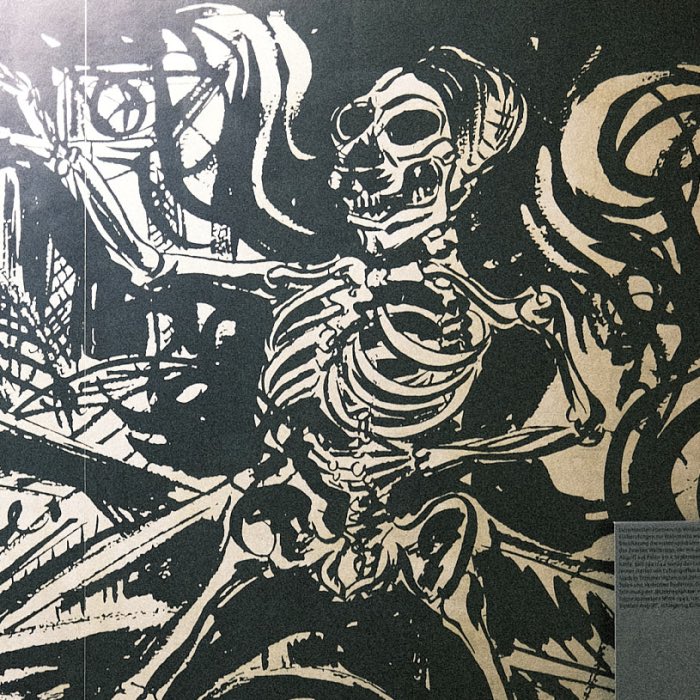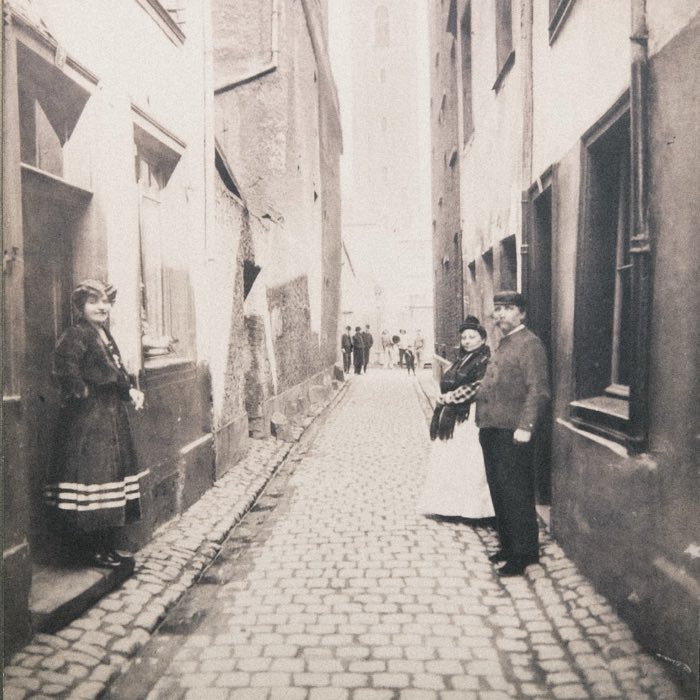Stumbling upon history: The Stolpersteine project and its role in remembering Nazi victims
If you’ve ever been to a European city, particularly in Germany, you may have noticed brass plaques set into the pavement in front of building entrances. These plaques, inscribed with names and dates, are known as “Stolpersteine” or “stumbling stones”. This unique and important memorial, spread across Europe, commemorates the victims of the Nazi regime such as Jews, Sinti and Roma, disabled individuals, regime opponents, homosexuals, and others who were marginalized, persecuted and murdered. Each stone, embedded at the last known address of these individuals, serves as a silent yet powerful reminder of the individual lives lost during this dark period in history. Moreover, these stones symbolize our collective history and responsibility.
The project was initiated by German artist Gunter Demnig in the mid-1990s and aims to personalize the memory of the Holocaust by commemorating individual lives lost or destroyed by the Nazis. It began unofficially in Cologne in 1996, when Demnig laid the first Stolperstein without official permission. This act was on the anniversary of Heinrich Himmler’s Auschwitz Decree, which ordered the deportation of Sinti and Roma to extermination camps. The idea behind these stones is to confront pedestrians with the fate of each victim, making their stories more personal and impactful than numbers or names in a book. Each stone contains the victim’s name, birth date, deportation date, and death date if known.
Demnig’s approach is unique in that he insists on hand-engraving each plaque, maintaining the personal connection and preventing the process from becoming impersonal or automated. Over 100,000 Stolpersteine have been installed across 27 European countries, making it the world’s largest decentralized Holocaust memorial. The project is funded through donations, with individuals or groups sponsoring each stone.
Despite its widespread acceptance and impact, the project has faced criticism, particularly from some Jewish organizations. The main concern is that placing the plaques on the ground leads to the victims’ fates being literally stepped over. Demnig, however, refutes this criticism, emphasizing that the project’s intent is to remember and honor, not to disrespect.
I think, the Stolpersteine project serves as a poignant and personal reminder of the individuals who suffered under the Nazi regime, encouraging reflection and remembrance in a unique and impactful way. Out of courtesy and respect for the victims, one should not step on the stumbling stones. If you see one, just try to walk around it. If you have time, read the engraved names. Look around you. Look at the house in front of which the stone is set. Imagine how it must have been like for the victims. For the neighbors. Why they didn’t intervene. Imagine if such contemptuous policies were to happen again today. What role would you play?
References and further reading
- Official websiteꜛ
- Petra Pluwatsch, Verfolgt und nicht vergessen: Geschichten hinter den Stolpersteinen, 2023, Metropol-Verlag, ISBN: 978-3863317058
- Wikipedia article on Stolpersteineꜛ
- Statement by the German Federal Foreign Officeꜛ
- Article about the “Stolpersteine” on Deutsche Welle (DW)ꜛ
- Article about “Stolpersteine” for homosexuals on queer.deꜛ
There are mobile apps that can help you find Stolpersteine in your area and provide background information on the victims:



















comments